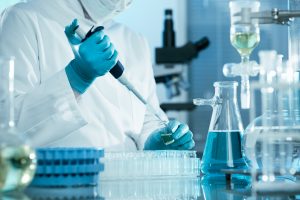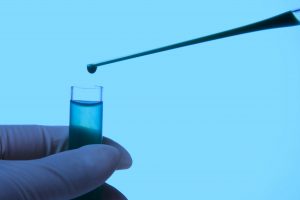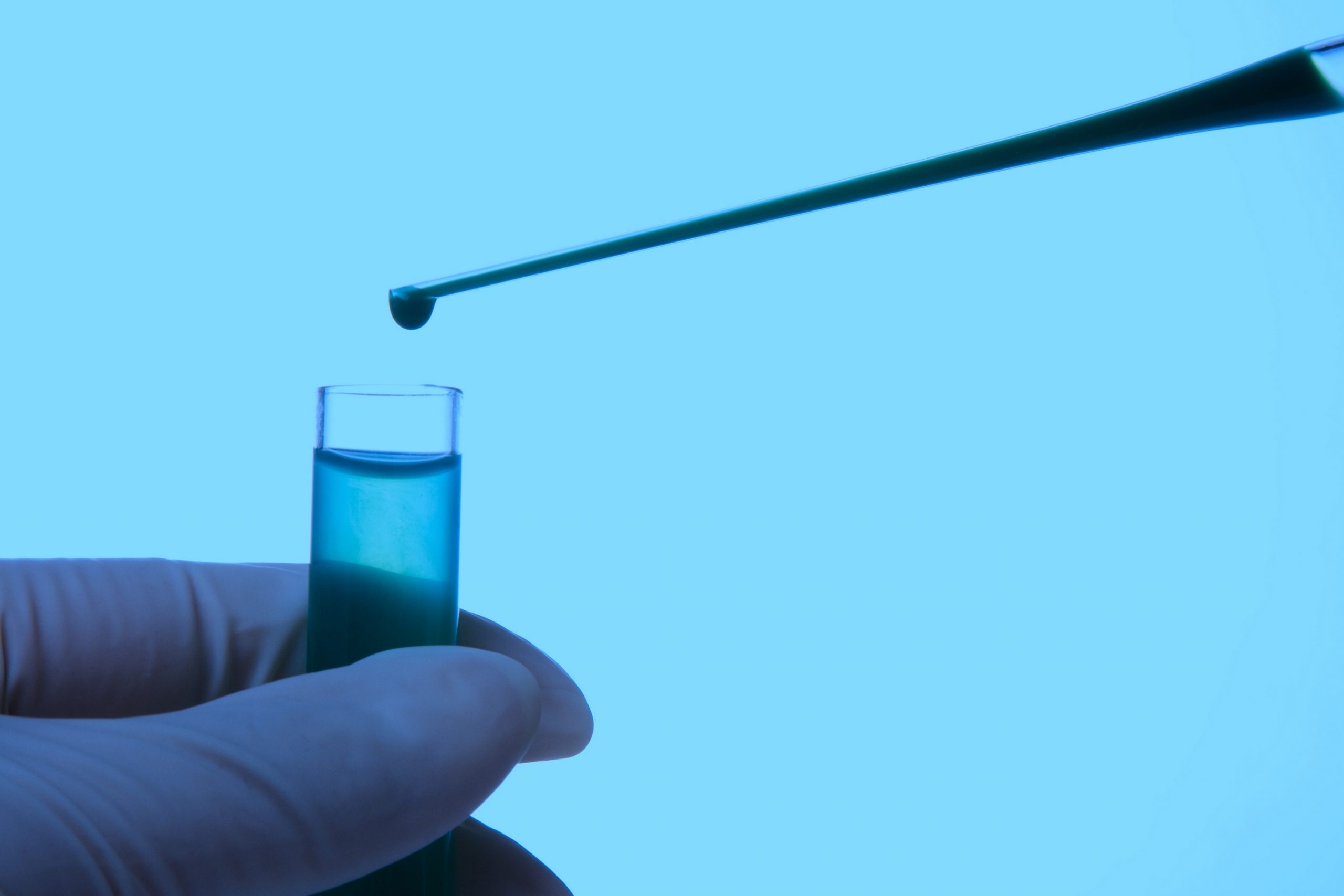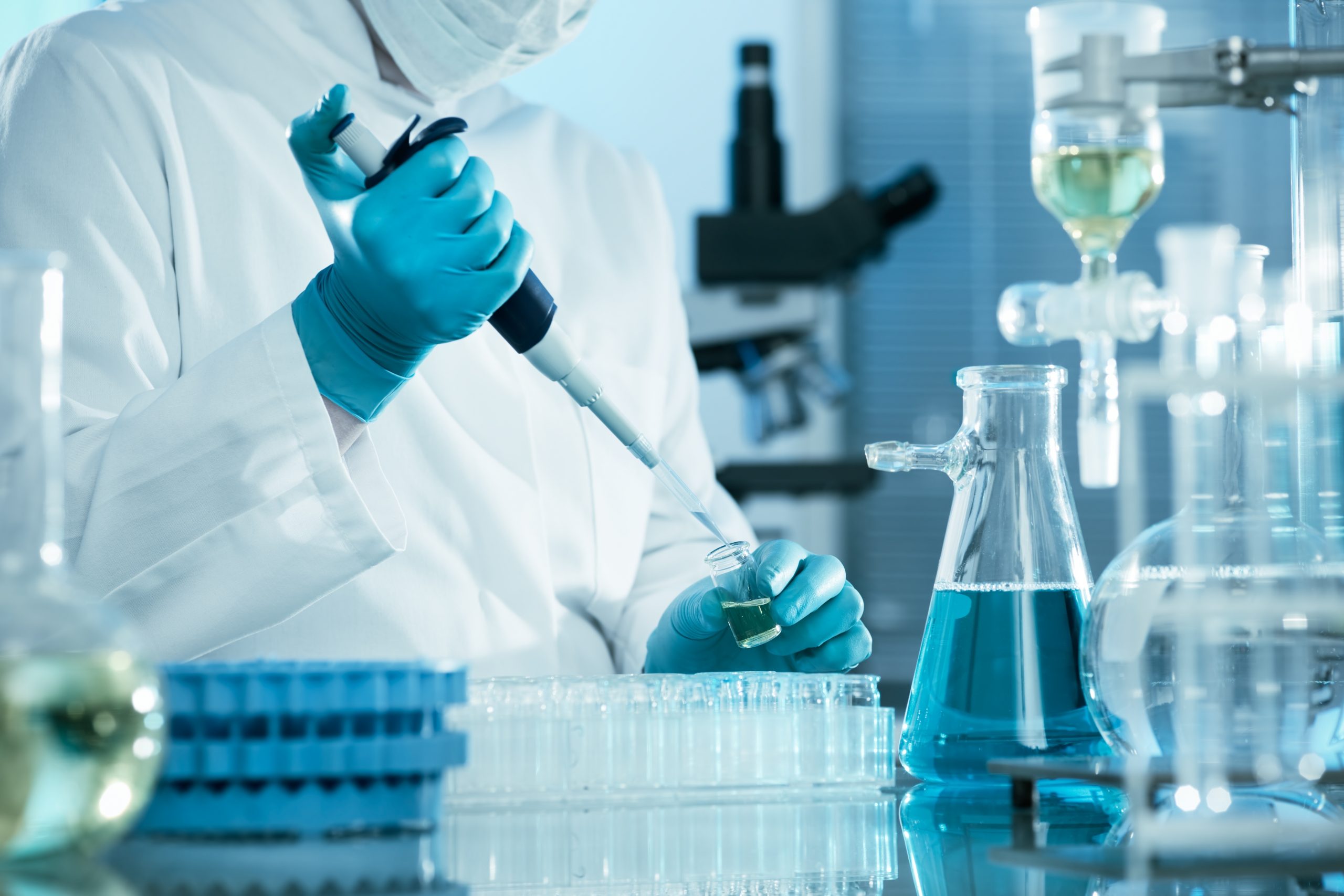 By: Matthew Fischer
By: Matthew Fischer
Platelet-Rich Plasma (“PRP”) has become a popular treatment for various conditions from sports injuries to hair rejuvenation so it makes sense that PRP regulation must keep up. With PRP, both the device used to separate platelets and the subsequent use of the PRP product fall under the scope of the U.S. Food and Drug Administration (“FDA”). The common question is: what is approved by the FDA with regards to PRP? Given the increased use, it is important for health care providers to understand the FDA’s standpoint on PRP regulation.
Medical Device Regulation
Let’s start with PRP devices. Generally, the FDA provides several avenues in which a device, drug, or biologic can come to market. For medical devices, an applicant can either obtain Premarket Approval (“PMA”) or 510(k) clearance. Most PRP preparation systems have utilized the 510(k) clearance process. What is meant by 510(k) clearance? The 510(k) application process, also known as premarket notification (“PMN”), is for medical devices that are seen as lower risk which are found to be “substantially equivalent” to a previously cleared device. Under the Food, Drug and Cosmetic Act, device manufacturers are required to register and notify the FDA of the intent to market a medical device in advance.
The FDA then determines whether the device is equivalent to a device already on the market. The 510(k) clearance process is a common way for PRP devices because it is less costly and time consuming as opposed to obtaining PMA. There is one important caveat though with 510(k) clearance. Clearance does not equate to approval for treatment of any indication. It only applies to its intended use in a specific setting. For example, in past warning letters issued by the FDA, the agency has required certain manufacturers to add language to its label stating that the PRP prepared by the device had not been evaluated for any clinical indication. Continue reading
 By: Matthew Fischer
By: Matthew Fischer

 By:
By: 
 By:
By: 
